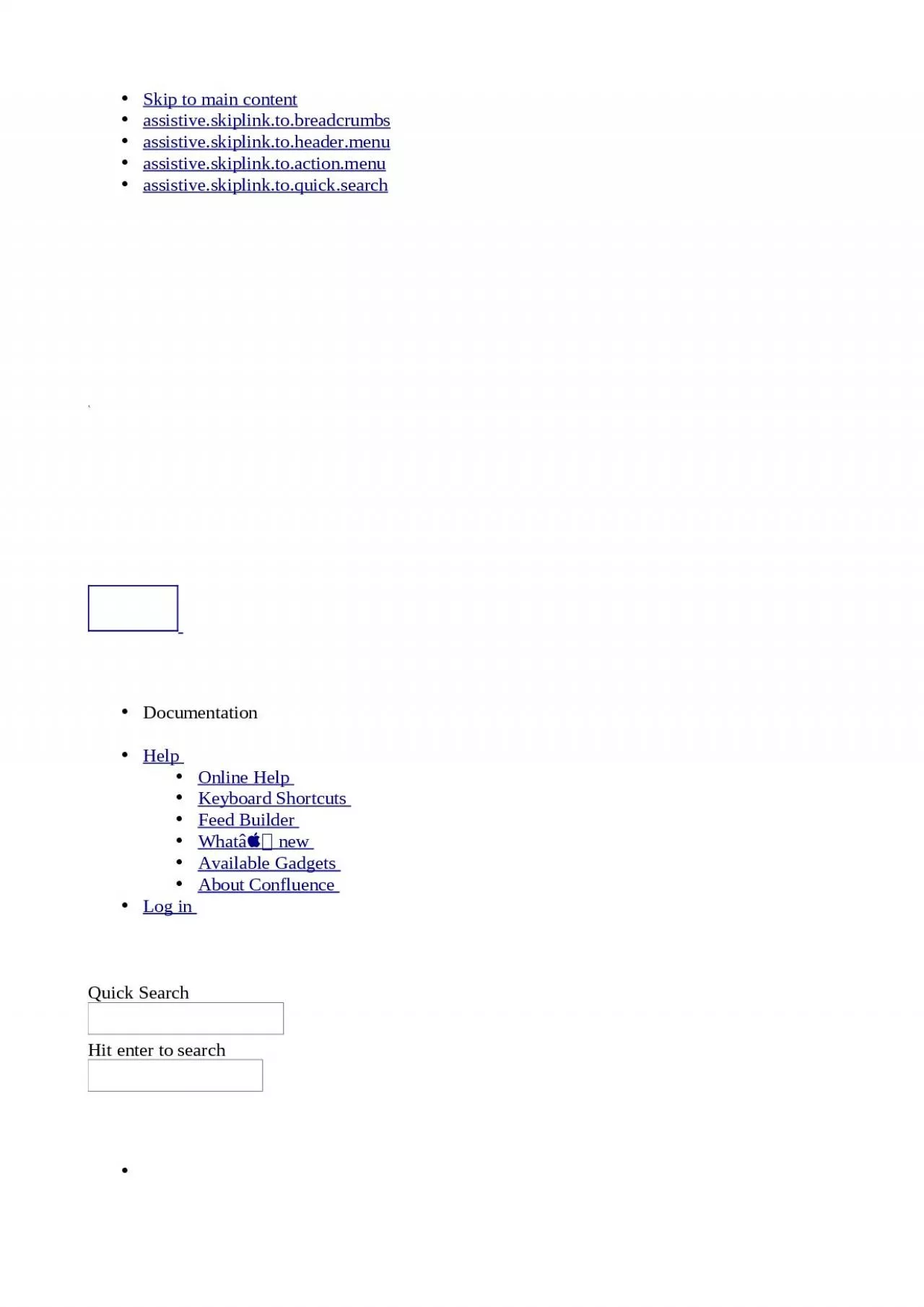

Lesson Introduction Orientation This presentation will take you through using the VRay Production Renderer in a few different ways The information centers around rendering an animated sequence in VRay ID: 1006254
Download Presentation The PPT/PDF document "Render Engines: V-Ray Production Rendere..." is the property of its rightful owner. Permission is granted to download and print the materials on this web site for personal, non-commercial use only, and to display it on your personal computer provided you do not modify the materials and that you retain all copyright notices contained in the materials. By downloading content from our website, you accept the terms of this agreement.
1.
2. Render Engines:V-Ray Production Renderer
3. Lesson Introduction – OrientationThis presentation will take you through using the V-Ray Production Renderer in a few different waysThe information centers around rendering an animated sequence in V-RayThis lesson topic is approximately 30 minutes in lengthPresentation covers all 3 Learning Cycles for the Lesson Topic – Lecture, Demonstration, and Activity
4. Lesson Topic: Setup a V-Ray Production RenderObjective – Cover the process of setting up and rendering animations with V-RayOutcome – You will be able to efficiently render your animated scene.
5. Lecture: TerminologyV-Ray Frame Buffer (VFB)allows you to render to a V-Ray specific frame buffer/viewer, which has some important capabilitiesRender ElementsEnables the rendering of a scene into separate render passes for use in post/compositingMaterialsThe materials applied to scene geometryGIGlobal Illumination models how light is bounced off of surfaces onto other surfaces (indirect light) rather than being limited to just the light that hits a surface directly from a light source (direct light).Render SettingsDifferent parameters that affect the render and how the V-Ray renderer produces images
6. Lecture: TerminologyIrradiance MapIs based on irradiance caching; the basic idea is to compute the indirect illumination only at some points in the scene and interpolate from this for the rest of the points for efficiencyMax render TimeThe maximum time per frame we wish V-Ray to render the image for, especially when using Progressive rendering
7. Lesson Topic: V-Ray OverviewThe V-Ray rendering system :Supports Polygonal surfaces, NURBS, Maya Subdiv surfaces, Particles & nParticles, Maya Hair, Maya Fluids, VRay proxies, V-Ray Fur, Alembic filesV-Ray physically accurate cameraV-Ray Lights such as V-Ray Sun and SkyV-Ray Materials and Procedural textures
8. Lesson Topic: V-Ray OverviewRender SettingsAllows you to control the parameters that affect the overall renderingAllows control of render elementsAllows control of settings for Global Illumination
9. Lesson Topic: Frame Buffer OverviewV-Ray Frame Buffer:Allows you to view all rendered elements in a single window and switch between them easilyKeeps the image in a full 32-bit floating point formatAllows you to perform simple color corrections on the rendered imageYou can choose the order in which the buckets are renderedAbility to store a list of recently rendered images and allow switching between them for comparisonsApply lens effects to the rendered image
10. Lesson Topic: Render RegionChanging size of the render region divisionsHigher x values will make the divisions largerLower x values will make the divisions smallerRendering Values – Progressive and RTMax render time (min) – sets a maximum time limit for progressive renders. When this limit is reached, V-Ray will stop the render and output the frame.When rendering animations, you should set this value to allow V-Ray to finish one frame and move to the next once the time limit is reached. Without a value set, V-Ray will continue to refine the single frame until it is manually stopped.Max paths per pixel – This limits the maximum quality of the RT render before stopping and/or moving on to the next image in an animation.
11. Lesson Topic: GI (Global Illumination)GIToggle GI on or off for indirect lightingControl the basic parameters such as which engine is used for Primary and Secondary bouncesAllows Reflective and Refractive caustics to be turned on and offIrradiance MapSimple presets for GI settings for test renders, previews and final rendersCan be set to Single Mode for Stills or other options for animated sequencesBrute Force GI settings allow control of the Brute Force engine, which is the most accurate of the engines for GI
12. Lesson Topic: Animation with V-Ray RT on the GPURendering Animation with V-Ray RTFirst, turn on Animation in the Render Settings’ Output tab and set your frame rangeNext, set the Production engine to either CUDA (for nVidia graphics cards) or OpenCL (for AMD graphics cards)Specify a Max. render time(min) or a Noise thresholdHit Render
13. Lesson Topic: Lecture ConclusionV-Ray Rendering is done through V-Ray Frame BufferGlobal Illumination can gives a choice of engines to use to best suit the sceneAllows you to set up Render Elements for you scene for use in postYou can render just a region of the image you are currently working on without having to render the entire imageBy changing the Render region x value the bucket size can be made smaller or larger depending on the scene requirements
14. Time to see it work!Watch while I demonstrate how to render this car scene with the V-Ray
15. Time to do it yourself!Activity Cycle!Now it’s your turn!!Use the provided scene file to try out the different render optionsThe next slide provides some specific values I used for your reference
16. Dialing in the right valuesRender_Engines_Start.mbStart an V-Ray Production renderExperiment with the different render settingsSetup and adjust the GI for the sceneUse the different control in the V-Ray frame buffer to color correct your render
17.